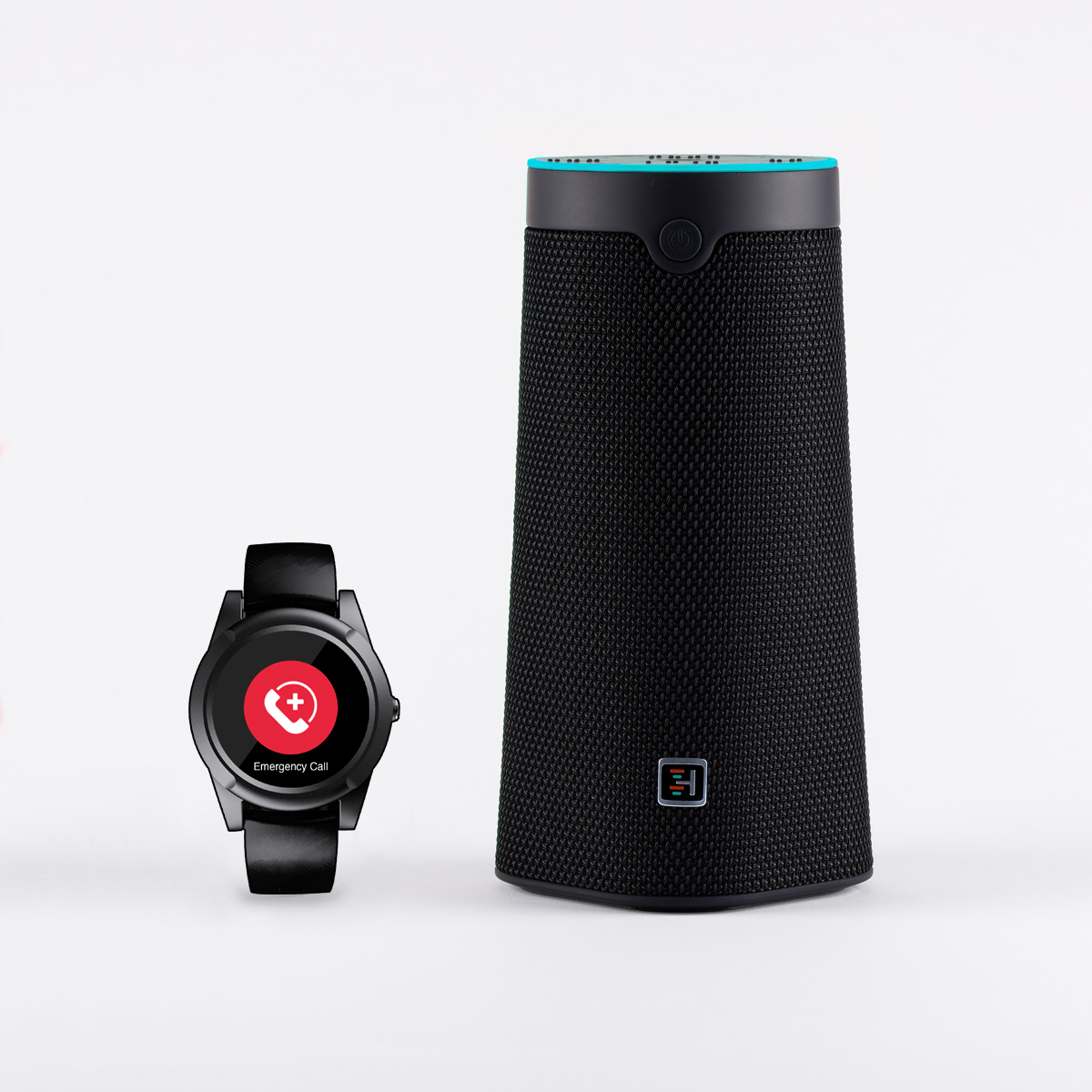Best Types of Assisted Living Technology for Senior Communities
As technology advances rapidly, people’s lives continue to change drastically. While smartphones and microprocessors may be making headlines, assisted living technology also has come a long way.
Modern assisted living communities are implementing technology that significantly benefits their residents. From keeping seniors safe to expanding their social opportunities to opening new experiences, modern-day assisted living technology is changing rapidly. Read on to learn more about the types of technology that assisted living communities use to revolutionize their resident experience.
Video Calling

While video calling has existed for quite some time, the technology came into its own during the COVID-19 pandemic. With hundreds of millions of people forced to work from home, services like Zoom gained massive mainstream traction. Effectively supporting the world’s economy for more than a year, video conferencing remains an important part of life.
Outside work settings, video conferencing is an excellent way for seniors to communicate with friends and family. Especially if someone’s family lives in different places that are not within driving distance, video calling is essential. While video conferencing obviously cannot replace face-to-face time with loved ones, it is a great stand-in when in-person visits are impossible.
In addition to calling friends and family, video calling is also essential to telehealth. Enabling doctors to treat patients from afar, telehealth can have practical applications. Check out this blog for more information about when to take advantage of telehealth vs. in-person care.
Home Automation Systems
Also known as assistive domotics, home automation systems are assisted living technology that enables seniors to control daily tasks around the house. As simple as turning off the lights or remembering to lock the door may seem, seniors—especially those suffering from memory problems—frequently forget to do the basics.
With that said, home automation can ensure that seniors keep their homes in order. Some examples of tasks that can be automated include:
- Thermostat Adjustments: Adjusting the thermostat can be challenging for seniors with mobility or dexterity problems. By automating the task, seniors can have their thermostat automatically adjusted throughout the day to keep them comfortable.
- Light Controls: Even more important than thermostat automation, light automation ensures that seniors can see where they walk. Without the proper lighting, seniors could trip, fall, and injure themselves. By automatically turning lights on when they detect movement or putting them on a timer, seniors will always have the light they need to navigate safely.
- Door Locks: While many assisted living communities have security measures, locking the door is still a good preventive measure to take. Locks can lock themselves at a set time or automatically lock the door after being closed to keep seniors safe.
Virtual Reality

As surprising as it may seem, virtual reality is a powerful tool that is becoming increasingly popular in nursing homes and assisted living communities. The cutting-edge technology can provide seniors with engaging and immersive experiences from the safety of home.
A few of the potential uses for which communities are employing VR include:
- Therapeutic benefits: VR technology can help residents with physical limitations. For example, virtual rehabilitation exercises can help residents recover from injuries, and simulations of everyday activities can help them practice and improve their skills.
- Improved Quality of Life: VR can provide residents with access to experiences to which they might not otherwise have access, such as virtual tours of exotic locations, simulations of new hobbies, and immersive games. This can improve their overall quality of life and help to reduce feelings of boredom and isolation.
- Improved Cognitive Function: VR can also improve cognitive function, such as memory recall and attention span. For example, VR simulations of familiar environments can help residents with memory loss recall past experiences and memories.
Medical Alert Systems

Perhaps the most critical contribution to assisted living technology, medical alert systems are essential to keep seniors safe. From the shower to the stairs to the outdoors, the right medical alert systems give seniors, their caretakers, and their loved ones peace of mind at all times.
Medical alert systems come in various forms and can include a wide variety of features. Some systems are only a simple distress button, while others include GPS, two-way communication, and other features. Similarly, some medical alert systems have multiple interconnected devices that build a safety web for their users.
In general, investing in devices with the most state-of-the-art functionalities is better. GPS tracking may seem unnecessary until a senior wanders off and gets lost or falls in an unknown part of a walking trail.
While the benefits of senior medical alert systems are undeniable, finding affordable ones with the features seniors need can be challenging. Thankfully, WellBe® provides a cost-effective solution to keeping seniors safer and healthier than ever.
The WellBe ecosystem of devices, which incorporates a smart speaker, smart watch, and pendant, provides industry-leading functionalities, including:
- GPS tracking
- Emergency response
- Two-way communication
- Caregiver notifications
- Fall detection
- Medication reminders
Through the various state-of-the-art features that WellBe provides, it has the potential to keep seniors safer and healthier than ever before. Armed with modern technology, senior living communities can provide better care and quality of life than they could even a few years ago. To learn more about the difference that WellBe can make in your assisted living community, schedule a demo by clicking here.